Home>Gardening & Outdoor>Outdoor Structures>How To Waterproof A Pergola
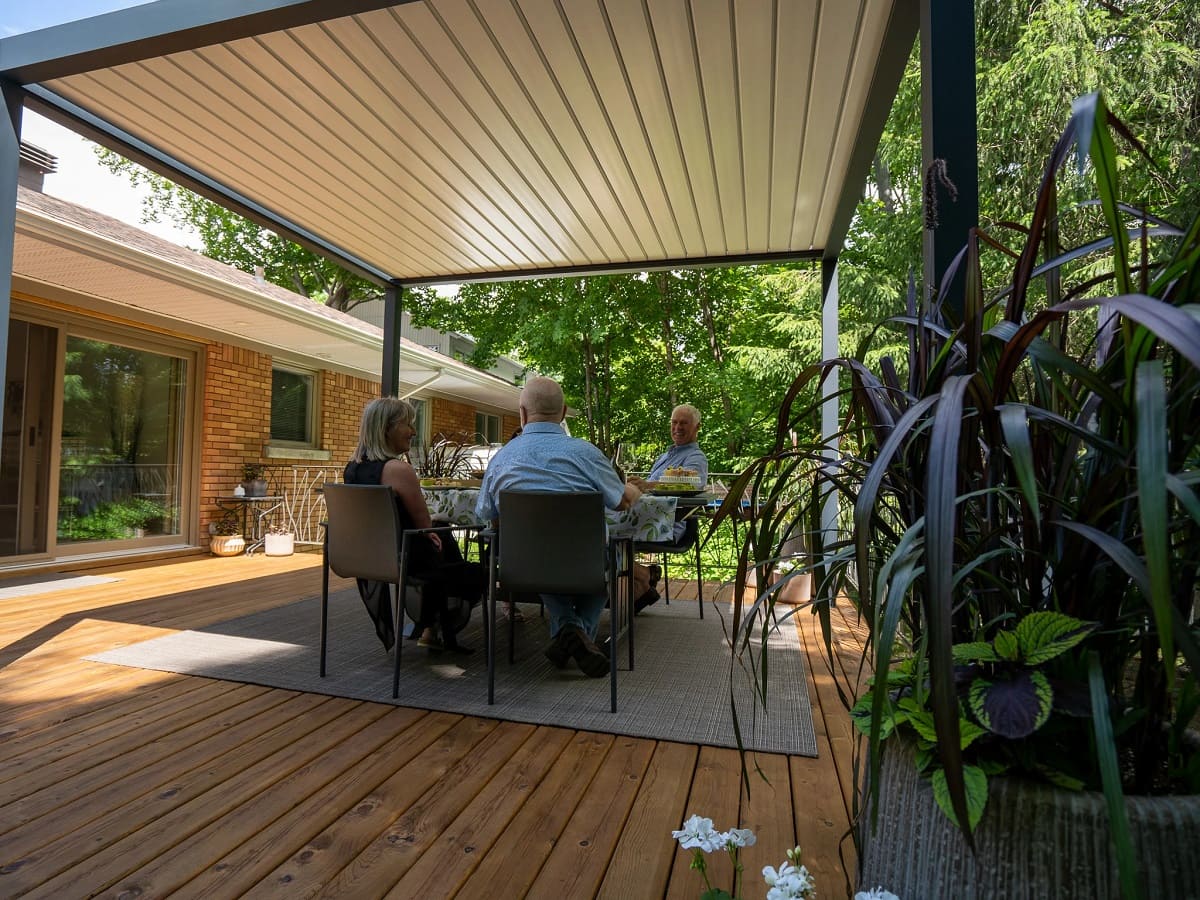

Outdoor Structures
How To Waterproof A Pergola
Published: January 18, 2024
Learn how to effectively waterproof your outdoor structures, such as pergolas, to protect them from the elements. Follow our expert tips for long-lasting results.
(Many of the links in this article redirect to a specific reviewed product. Your purchase of these products through affiliate links helps to generate commission for Storables.com, at no extra cost. Learn more)
Introduction
So, you have a stunning pergola in your outdoor space, and you want to ensure it remains an inviting and functional area, come rain or shine. Waterproofing your pergola is the key to safeguarding it from the elements and prolonging its lifespan. Whether you use your pergola for hosting outdoor gatherings, as a cozy retreat for relaxation, or as a support for climbing plants, protecting it from moisture is essential.
In this guide, we will delve into the art of waterproofing a pergola, providing you with valuable insights and practical tips. From assessing the structure to selecting the right waterproofing material and executing the application process, we’ve got you covered. By the end of this journey, you’ll be equipped with the knowledge and confidence to preserve your pergola for years to come.
Let’s embark on this transformative journey to enhance the durability and resilience of your beloved pergola. Whether you’re a seasoned DIY enthusiast or a newcomer to the world of outdoor structures, you’ll find the information presented here to be both accessible and empowering. So, grab your toolbelt and let’s dive into the realm of pergola waterproofing!
Key Takeaways:
- Assess your pergola’s material, structural integrity, existing water damage, and environmental factors before waterproofing. This proactive approach sets the stage for a tailored and effective waterproofing strategy.
- Choose the right waterproofing material based on your pergola’s material, exposure to moisture, and aesthetic preferences. Proper preparation and application, followed by regular maintenance, ensure a resilient and enduring pergola.
Read more: How To Screen A Pergola
Assessing the Pergola
Before diving into the waterproofing process, it’s crucial to conduct a thorough assessment of your pergola. This step allows you to identify any existing issues, determine the type of material your pergola is constructed from, and assess its overall condition. Here are some key aspects to consider during the assessment:
- Material and Design: Take note of the material used to construct the pergola, whether it’s wood, metal, vinyl, or another type of material. Additionally, evaluate the design elements, such as intricate carvings, latticework, or decorative details, as these can impact the waterproofing process.
- Structural Integrity: Inspect the structural integrity of the pergola, checking for any signs of rot, warping, or damage. Pay close attention to areas where the structure comes into contact with the ground or where water tends to accumulate.
- Existing Water Damage: Look for any existing water damage, such as discoloration, mold, or mildew. These indicators can reveal areas that are particularly vulnerable to moisture and require targeted attention during the waterproofing process.
- Environmental Factors: Consider the climate and environmental factors specific to your location. If your area experiences heavy rainfall, intense sunlight, or high humidity, these conditions will influence the choice of waterproofing materials and methods.
By thoroughly assessing your pergola, you gain valuable insights that will inform the subsequent steps of the waterproofing process. This proactive approach sets the foundation for a tailored and effective waterproofing strategy, ensuring that your pergola receives the protection it needs to withstand the elements and maintain its visual appeal.
Choosing the Right Waterproofing Material
When it comes to waterproofing your pergola, selecting the appropriate waterproofing material is a pivotal decision that directly impacts the effectiveness and longevity of the protective barrier. The ideal waterproofing material should be compatible with the pergola’s construction material, weather conditions, and your aesthetic preferences. Here are some popular options to consider:
- Waterproof Sealants: Silicone-based or polyurethane sealants are versatile options for sealing gaps, joints, and seams in the pergola structure. They provide a flexible and durable barrier against moisture intrusion and are suitable for various materials, including wood, metal, and vinyl.
- Waterproof Membranes: Bituminous membranes, EPDM rubber membranes, and PVC membranes offer robust waterproofing solutions for flat or low-slope pergola roofs. These membranes provide excellent resistance to water penetration and are designed to withstand prolonged exposure to the elements.
- Waterproof Coatings: Acrylic, polyurethane, and elastomeric coatings are applied as liquid formulations that form a seamless waterproof membrane when cured. These coatings are suitable for protecting wood, concrete, and metal surfaces, offering superior waterproofing and UV resistance.
- Natural Oils and Stains: For wooden pergolas, natural oils and penetrating stains can enhance the wood’s natural beauty while providing water repellency and protection against decay. Tung oil, linseed oil, and quality wood stains are popular choices for preserving the integrity of wooden pergolas.
When making your selection, consider the specific requirements of your pergola, such as the level of exposure to moisture, the desired aesthetic finish, and the compatibility with the existing materials. Additionally, assess the ease of application, maintenance requirements, and the manufacturer’s warranty to ensure long-term performance.
By choosing the right waterproofing material, you lay the foundation for a resilient and visually appealing pergola that withstands the challenges posed by inclement weather and environmental factors.
Preparing the Pergola for Waterproofing
Before diving into the application of waterproofing materials, it’s essential to prepare the pergola to ensure optimal adhesion and long-lasting protection. Proper preparation sets the stage for a successful waterproofing process and maximizes the effectiveness of the chosen waterproofing material. Here are the key steps involved in preparing the pergola for waterproofing:
- Cleaning and Surface Preparation: Begin by thoroughly cleaning the pergola to remove dirt, debris, mold, mildew, and any existing coatings or sealants. Use a mild detergent, water, and a stiff brush to scrub the surfaces, ensuring that all traces of contaminants are eliminated. Rinse the pergola with clean water and allow it to dry completely.
- Repairing and Sealing: Inspect the pergola for any structural damage, cracks, or gaps that could compromise the waterproofing. Repair any damaged areas using suitable fillers, sealants, or wood putty. Ensure that all seams, joints, and connections are properly sealed to prevent water infiltration.
- Sanding and Smoothing: For wooden pergolas, sand the surfaces to create a smooth and uniform texture, removing any rough spots or splinters. This step not only enhances the appearance of the wood but also promotes better adhesion of the waterproofing material.
- Priming (if applicable): Depending on the chosen waterproofing material, priming the pergola may be necessary to enhance adhesion and promote uniform coverage. Follow the manufacturer’s recommendations regarding the use of primers for specific materials and coating types.
- Protection of Surrounding Areas: Take precautions to protect the surrounding landscaping, furniture, and surfaces from overspray or drips during the waterproofing process. Cover plants, patios, and other outdoor elements to prevent unintended contact with the waterproofing material.
By diligently preparing the pergola for waterproofing, you create an optimal canvas for the application of waterproofing materials, ensuring that the protective barrier adheres effectively and delivers long-term resilience. This proactive approach minimizes the likelihood of adhesion issues, premature wear, and water damage, setting the stage for a successful waterproofing endeavor.
To waterproof a pergola, consider using a clear waterproof sealant or a waterproof fabric cover to protect the wood from moisture and extend its lifespan. Regularly reapply the sealant or treat the fabric to maintain the pergola’s waterproofing.
Applying the Waterproofing Material
With the pergola meticulously prepared, it’s time to embark on the application of the chosen waterproofing material. Whether you opt for sealants, membranes, coatings, or natural oils, the application process requires precision, attention to detail, and adherence to the manufacturer’s guidelines. Here’s a step-by-step guide to applying waterproofing materials to your pergola:
- Start with a Test Area: Before applying the waterproofing material to the entire pergola, it’s advisable to perform a test application on a small, inconspicuous area. This allows you to assess the compatibility, coverage, and appearance of the material before proceeding with the full application.
- Follow Manufacturer’s Instructions: Carefully review the manufacturer’s instructions and recommendations for the application of the waterproofing material. Note any specific temperature or humidity requirements, application methods, and curing times to ensure optimal results.
- Apply Evenly and Thoroughly: Whether brushing, rolling, or spraying the waterproofing material, strive for even coverage and thorough penetration into the pergola’s surfaces. Pay special attention to seams, joints, and areas prone to water accumulation to create a seamless protective barrier.
- Multiple Coats (if needed): Depending on the type of waterproofing material, multiple coats may be necessary to achieve the desired level of protection. Allow each coat to dry or cure according to the manufacturer’s recommendations before applying subsequent layers.
- Protective Gear and Ventilation: When working with waterproofing materials, ensure adequate ventilation in the work area and wear appropriate protective gear, such as gloves, goggles, and a respirator if required. Adhere to safety precautions outlined by the product’s safety data sheet.
- Post-Application Inspection: Once the waterproofing material has been applied, conduct a thorough inspection of the pergola to ensure uniform coverage, address any missed spots, and rectify any drips or runs. Rectify any imperfections promptly to maintain the integrity of the waterproofing.
By approaching the application process with care and precision, you ensure that the pergola receives a robust and enduring layer of protection against moisture, UV exposure, and environmental stressors. The application of waterproofing materials marks a transformative phase in safeguarding your pergola and preserving its beauty for years to come.
Read more: How To Decorate A Pergola
Maintaining the Waterproofed Pergola
Once your pergola has been waterproofed, regular maintenance is essential to uphold its protective integrity and visual appeal. By incorporating routine upkeep into your outdoor care regimen, you can prolong the lifespan of the waterproofing treatment and ensure that your pergola remains a resilient and inviting outdoor haven. Here are key maintenance practices for a waterproofed pergola:
- Inspection and Cleaning: Regularly inspect the waterproofed surfaces of the pergola for signs of wear, damage, or debris accumulation. Clean the pergola as needed to remove dirt, pollen, and other contaminants that can compromise the waterproofing. Use a mild detergent and water to gently scrub the surfaces, followed by thorough rinsing.
- Reapplication of Sealants or Coatings: Depending on the type of waterproofing material used, periodic reapplication of sealants, coatings, or oils may be necessary to maintain optimal protection. Keep an eye on the condition of the waterproofing and follow the manufacturer’s recommendations regarding reapplication intervals.
- Trimming and Pruning: If your pergola features climbing plants or vines, regularly trim and prune the foliage to prevent excessive moisture retention and potential damage to the pergola’s structure. This proactive measure promotes air circulation and reduces the risk of moisture-related issues.
- Gutter Maintenance: If your pergola is equipped with gutters or drainage systems, ensure that they remain free of debris and obstructions. Clean the gutters periodically to prevent water buildup and potential overflow, which can compromise the waterproofing and lead to water damage.
- Addressing Wear and Damage: Promptly address any wear, scratches, or localized damage to the waterproofing material. Repair minor imperfections as soon as they are detected to prevent water intrusion and preserve the overall effectiveness of the waterproofing.
- Protective Coverings (Optional): Consider using protective coverings, such as pergola covers or retractable canopies, to provide an additional layer of defense against harsh weather conditions. These coverings can shield the pergola from prolonged exposure to rain, snow, and UV radiation.
By integrating these maintenance practices into your outdoor care routine, you can uphold the protective qualities of the waterproofing treatment and prolong the structural integrity of your pergola. Regular attention and proactive upkeep serve as pillars of long-term preservation, ensuring that your waterproofed pergola remains a captivating and enduring feature of your outdoor living space.
Conclusion
Congratulations on embarking on the journey to waterproof your pergola and fortify it against the elements. By assessing the structure, choosing the right waterproofing material, and meticulously preparing and applying the protective barrier, you have taken proactive steps to safeguard your outdoor oasis. As you venture forward, maintaining the waterproofed pergola will be instrumental in preserving its allure and structural resilience.
Remember, the process of waterproofing a pergola is not merely a practical endeavor; it is an investment in the longevity and beauty of your outdoor space. The careful selection and application of waterproofing materials, coupled with regular maintenance, ensure that your pergola remains an inviting retreat for relaxation, entertainment, and connection with nature.
As you revel in the transformed allure of your waterproofed pergola, take pride in the proactive measures you’ve taken to protect and enhance this cherished outdoor structure. Whether you’re basking in the dappled sunlight filtering through the latticework or seeking shelter from a passing rain shower, your waterproofed pergola stands as a testament to your commitment to preserving and enjoying the splendors of outdoor living.
Embrace the evolving seasons, knowing that your waterproofed pergola is equipped to weather the elements with grace and resilience. As the sun sets on your outdoor retreat, enveloped in the warmth and comfort of your waterproofed pergola, may you find solace in the knowledge that this enduring structure will continue to enrich your outdoor experiences for years to come.
With each passing day, your waterproofed pergola stands as a steadfast symbol of the harmonious blend of nature and human craftsmanship, beckoning you to savor the simple joys of outdoor living. So, raise a toast to your waterproofed pergola, a timeless sanctuary where memories are woven, and moments are savored amidst the embrace of nature’s beauty.
Frequently Asked Questions about How To Waterproof A Pergola
Was this page helpful?
At Storables.com, we guarantee accurate and reliable information. Our content, validated by Expert Board Contributors, is crafted following stringent Editorial Policies. We're committed to providing you with well-researched, expert-backed insights for all your informational needs.
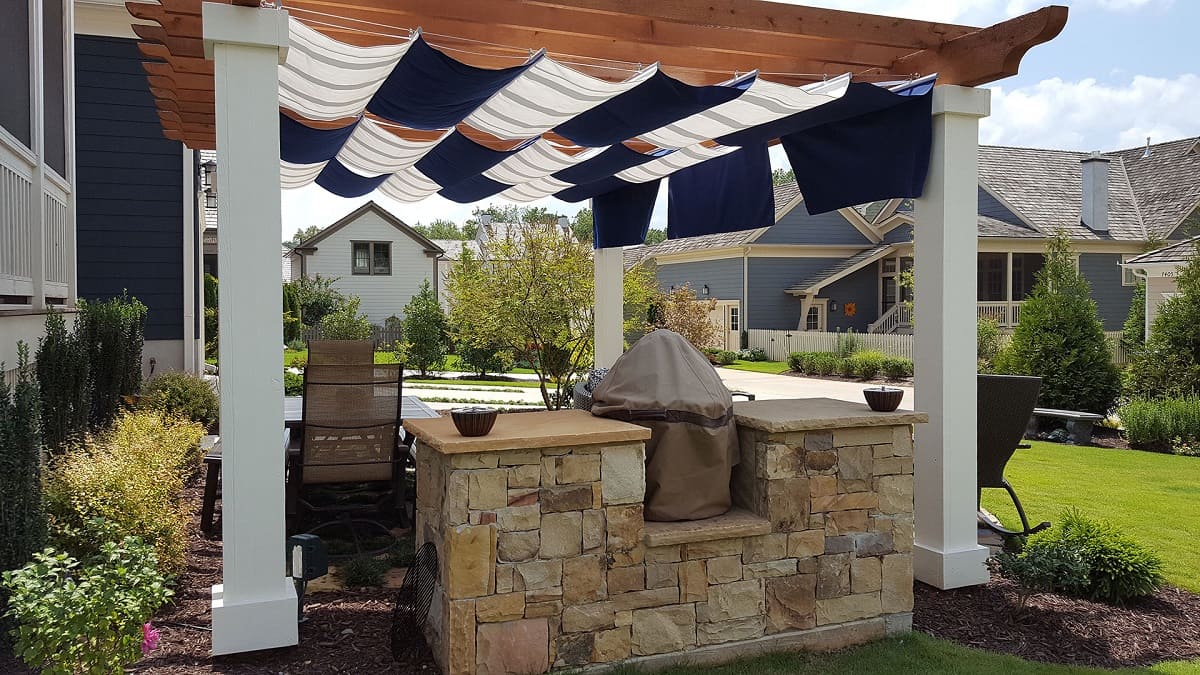
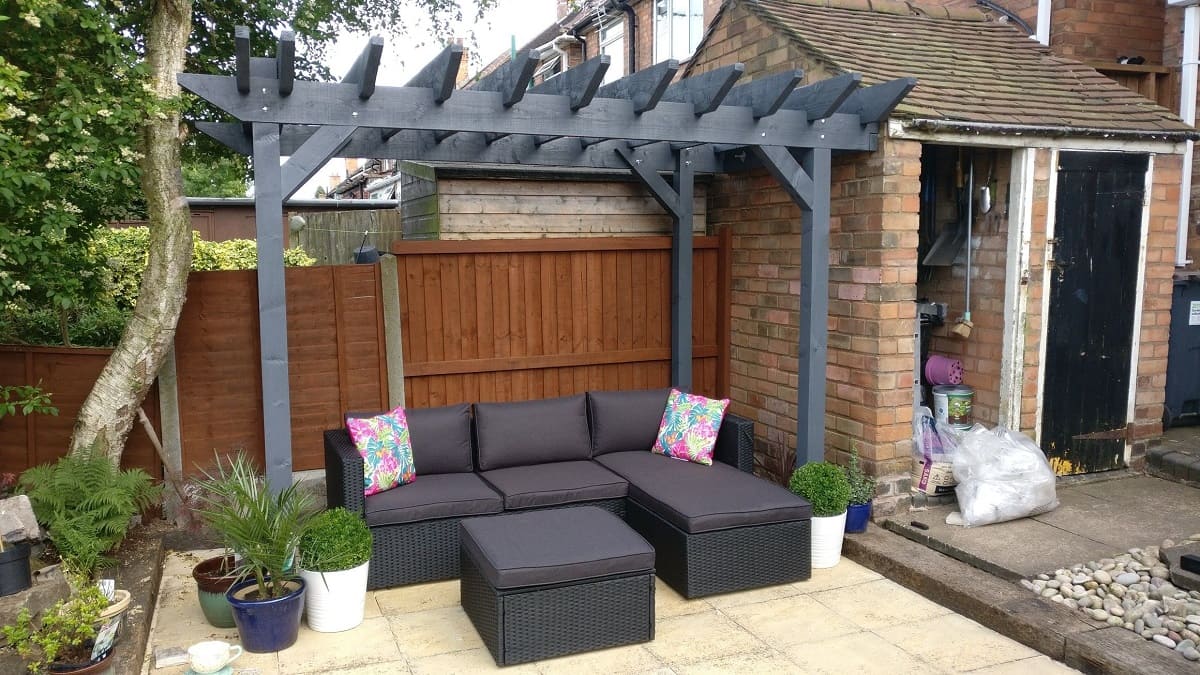
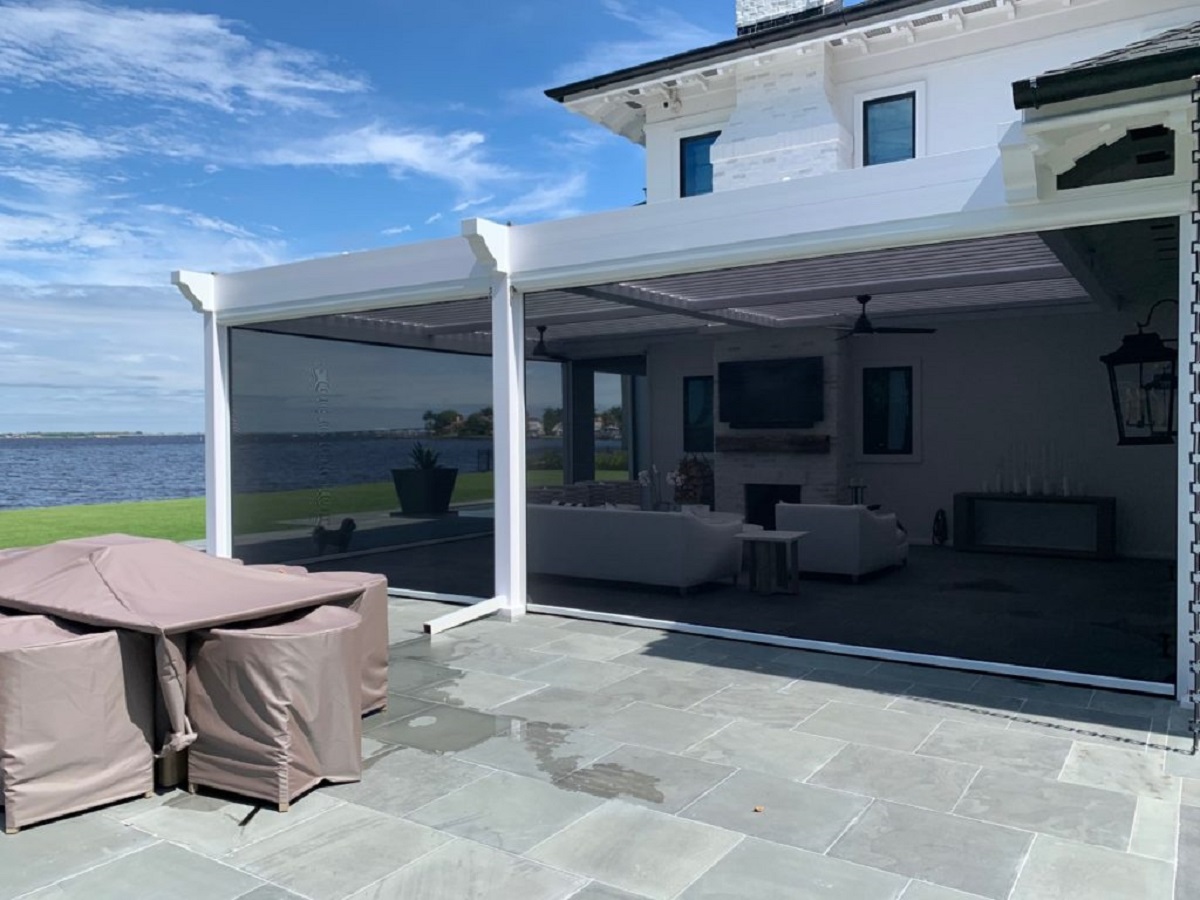
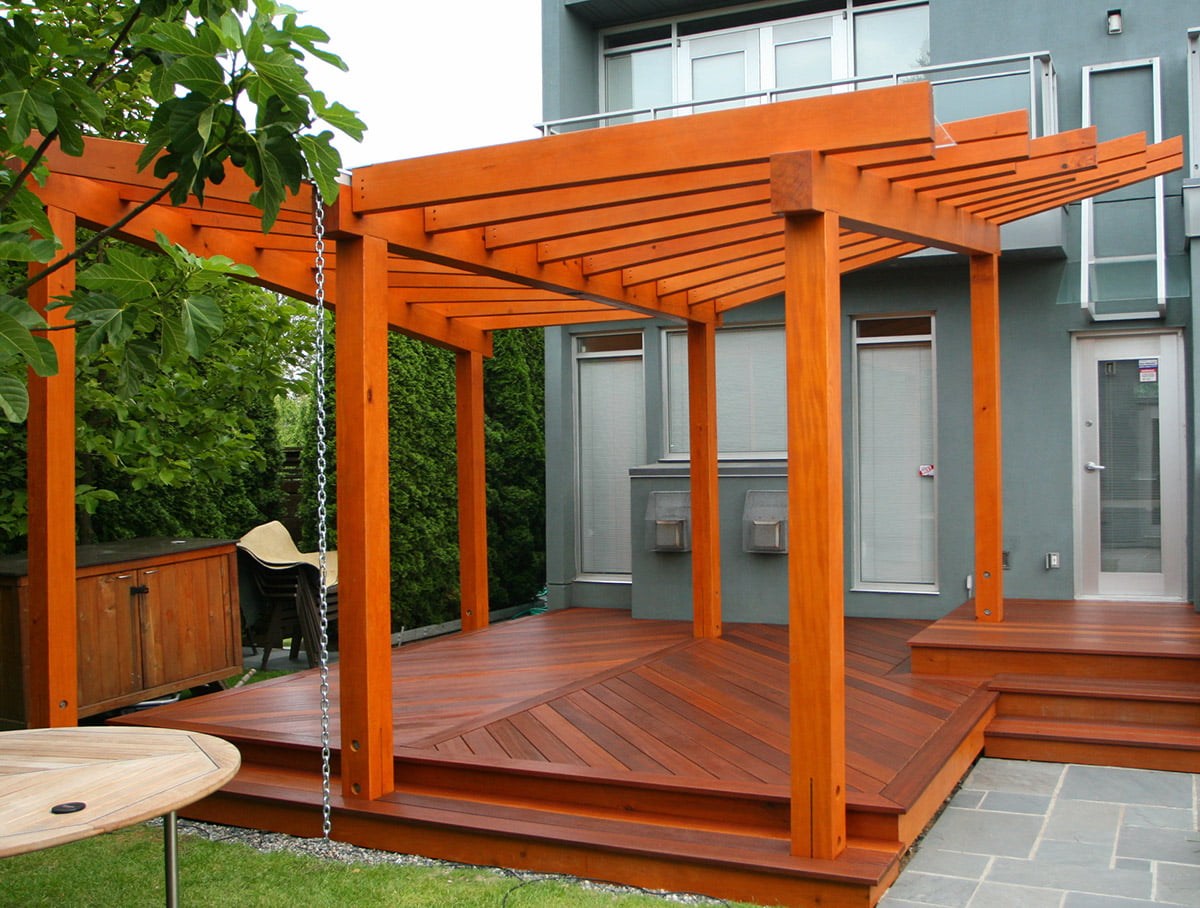

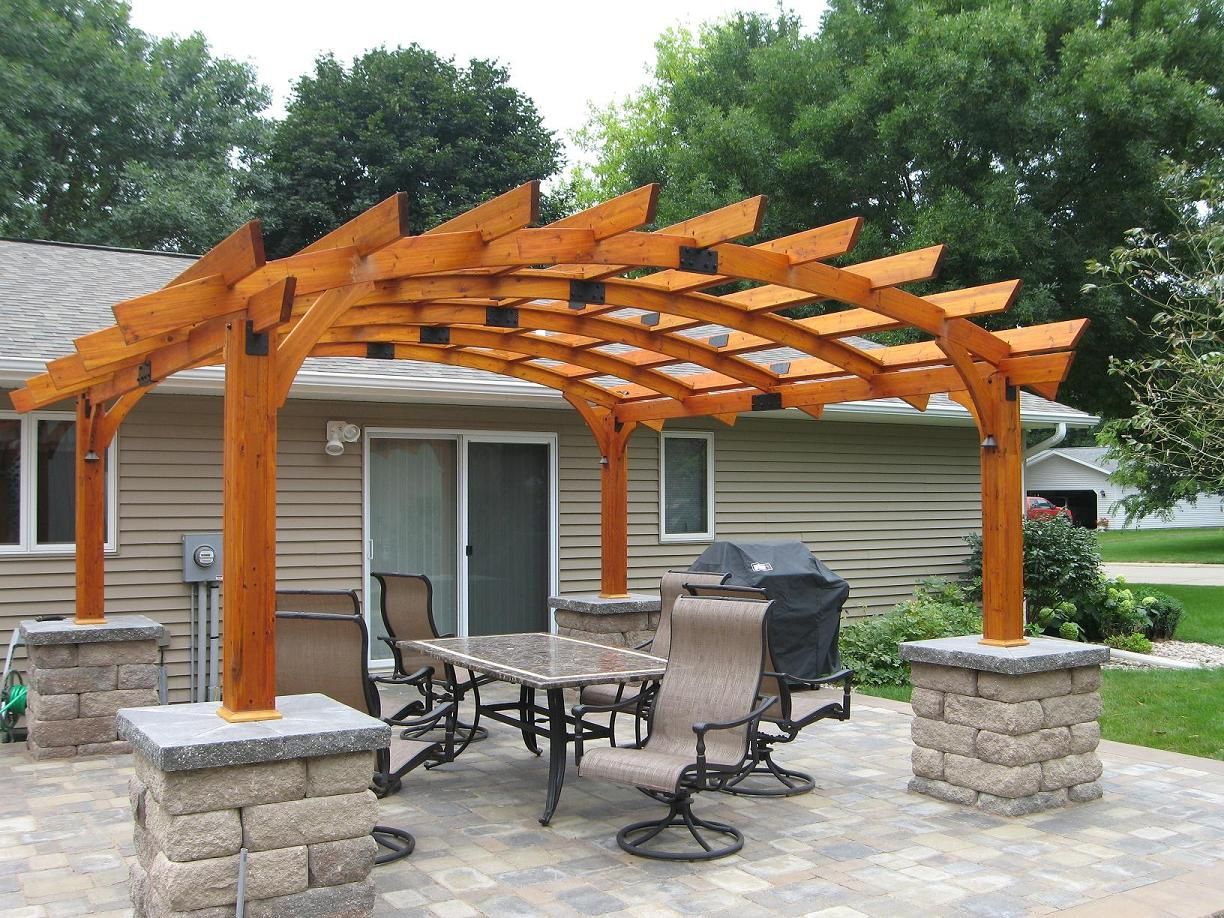
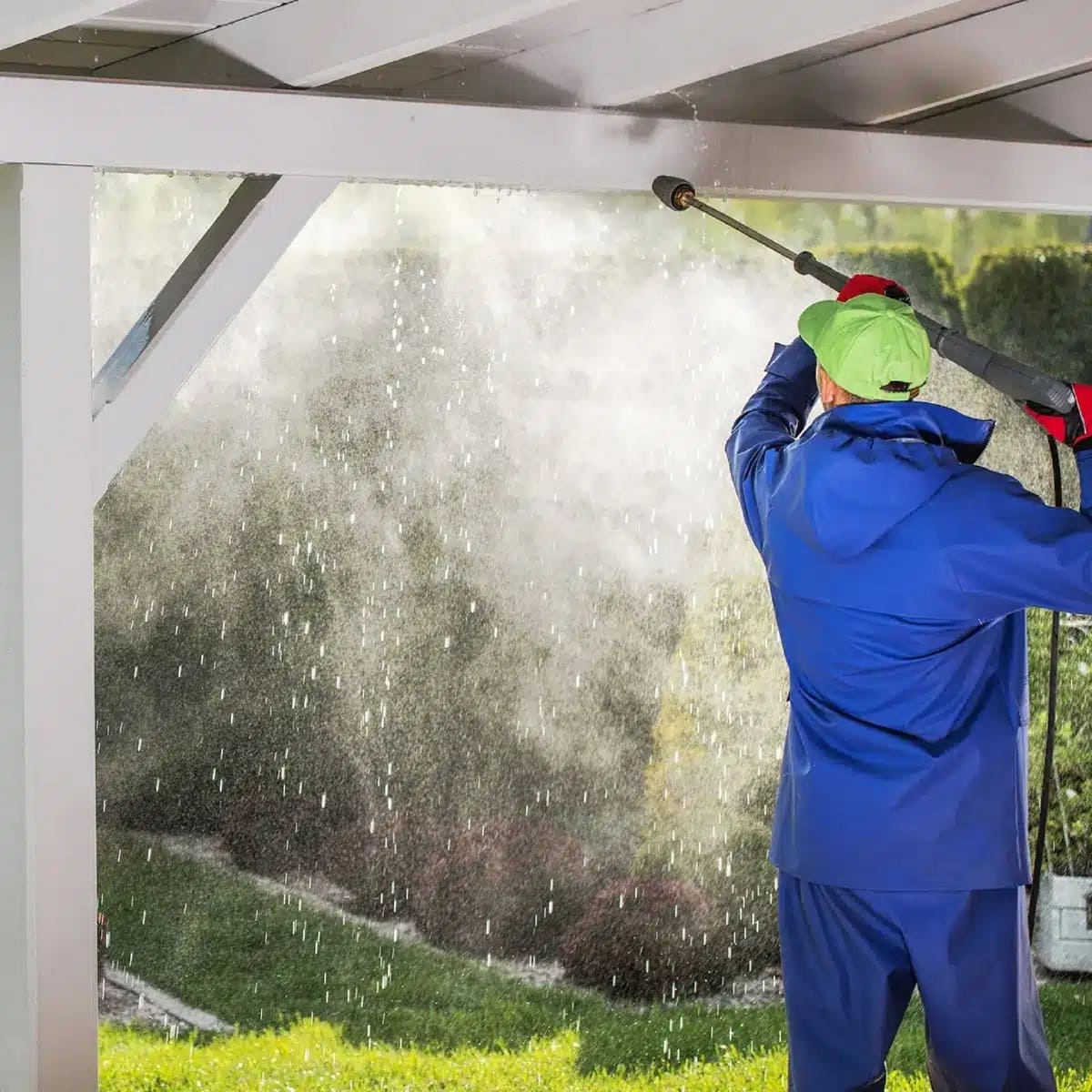
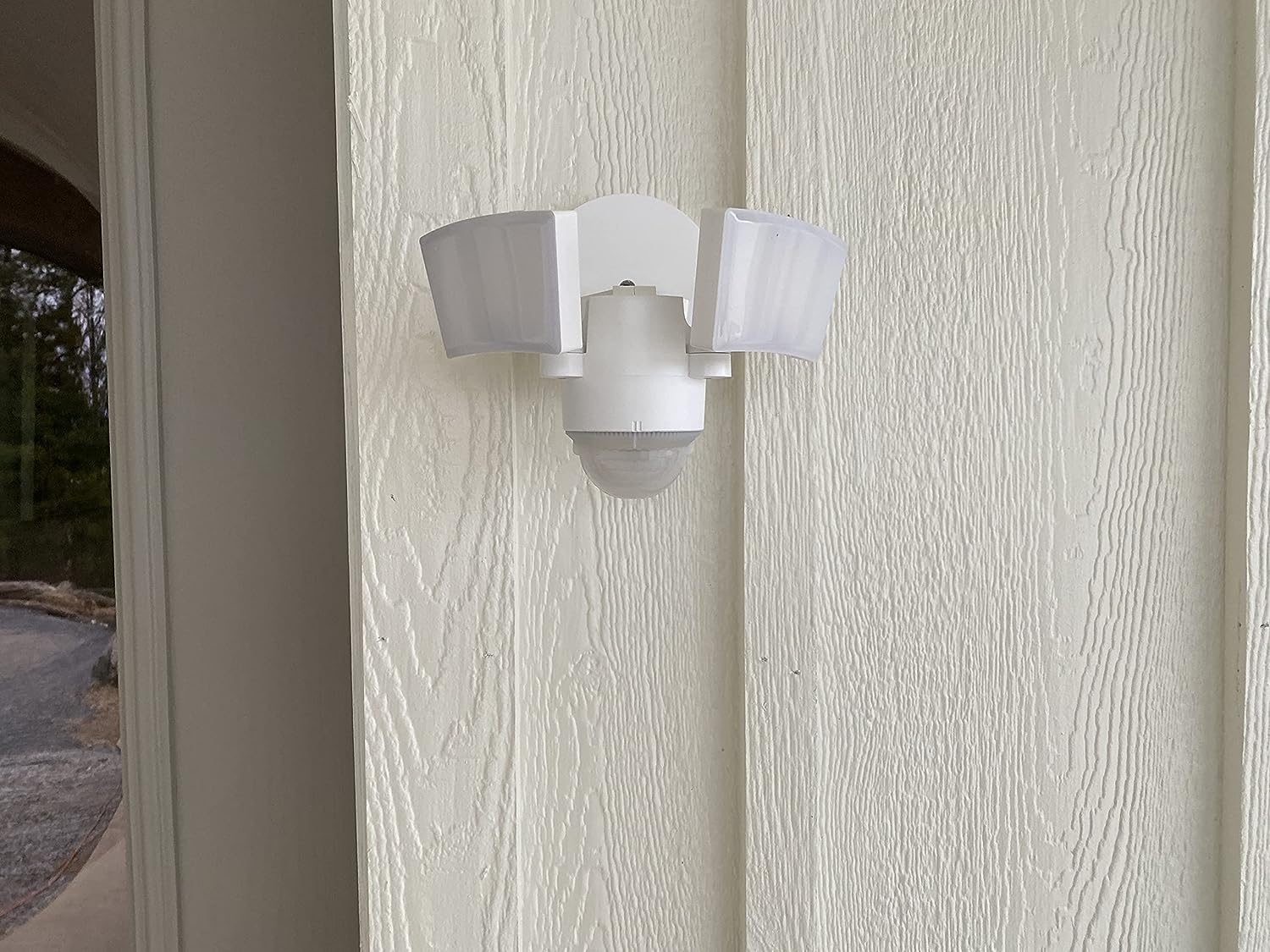
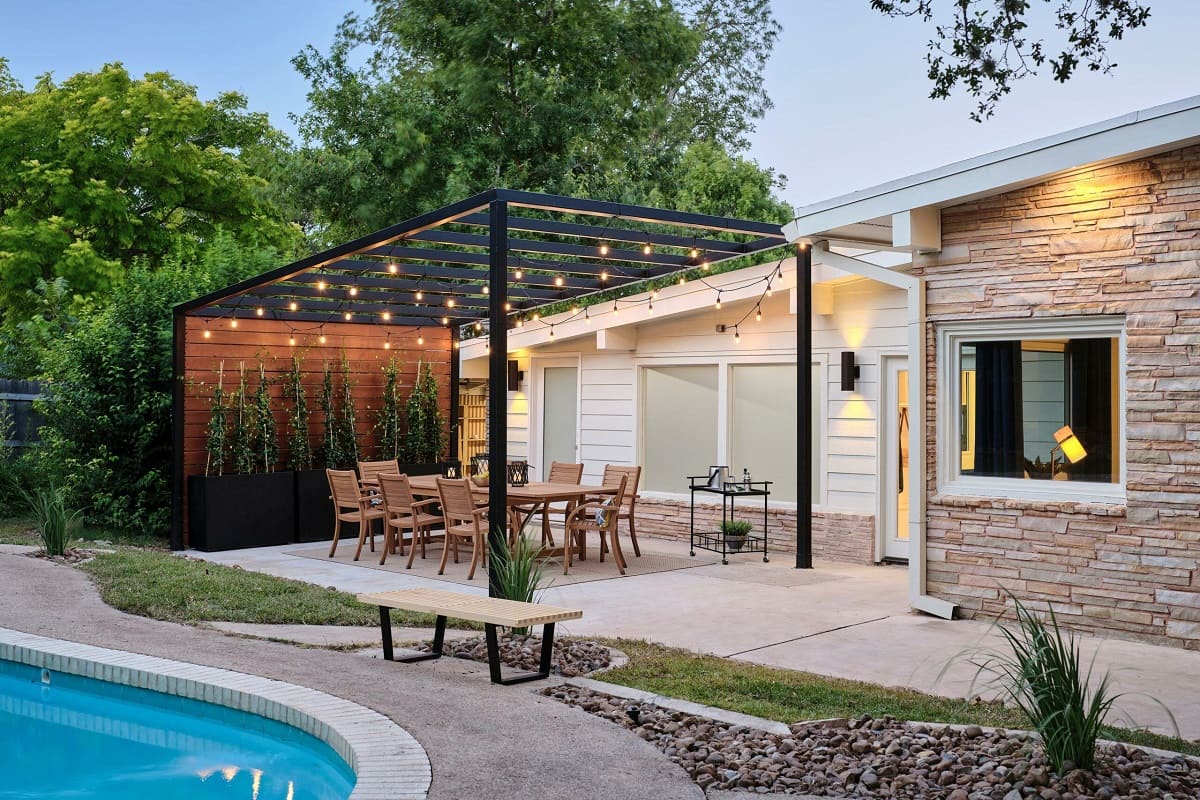
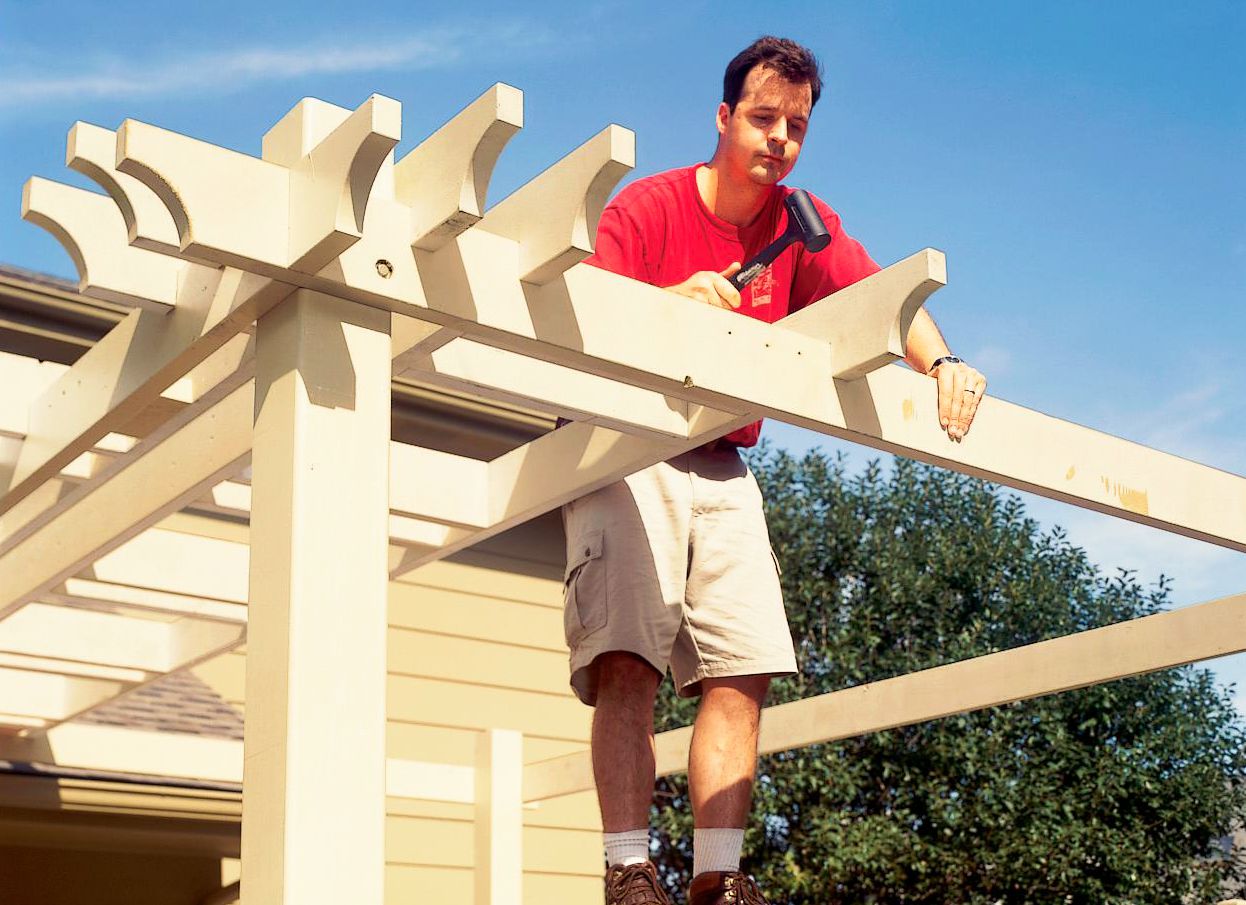
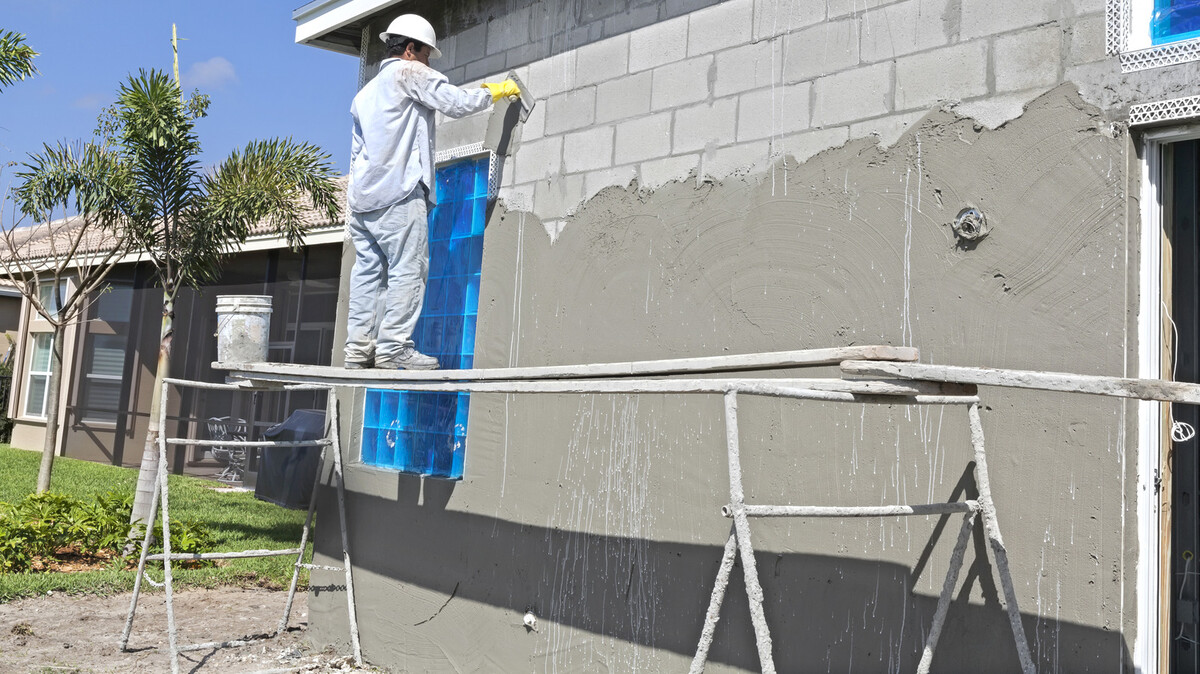
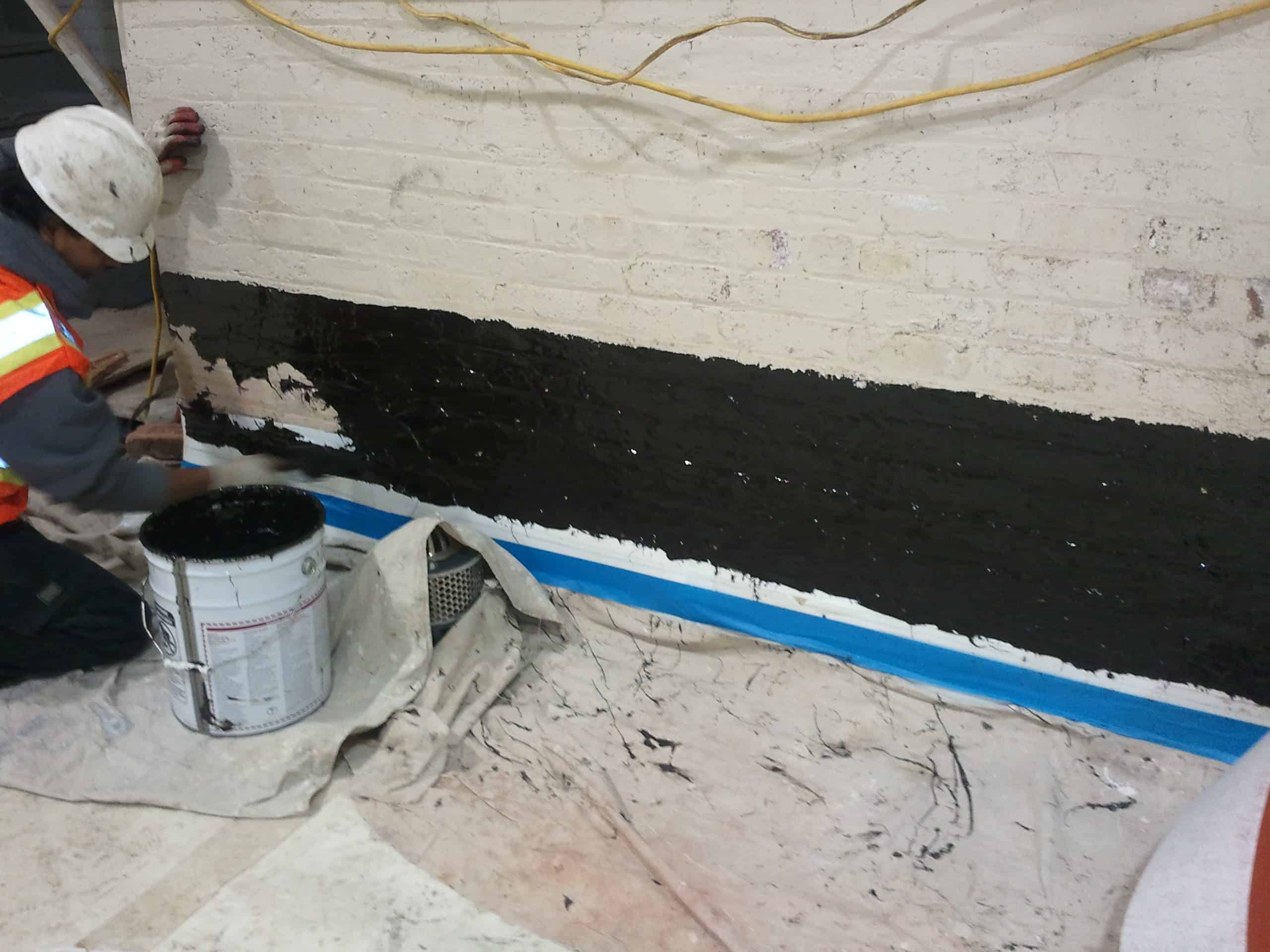
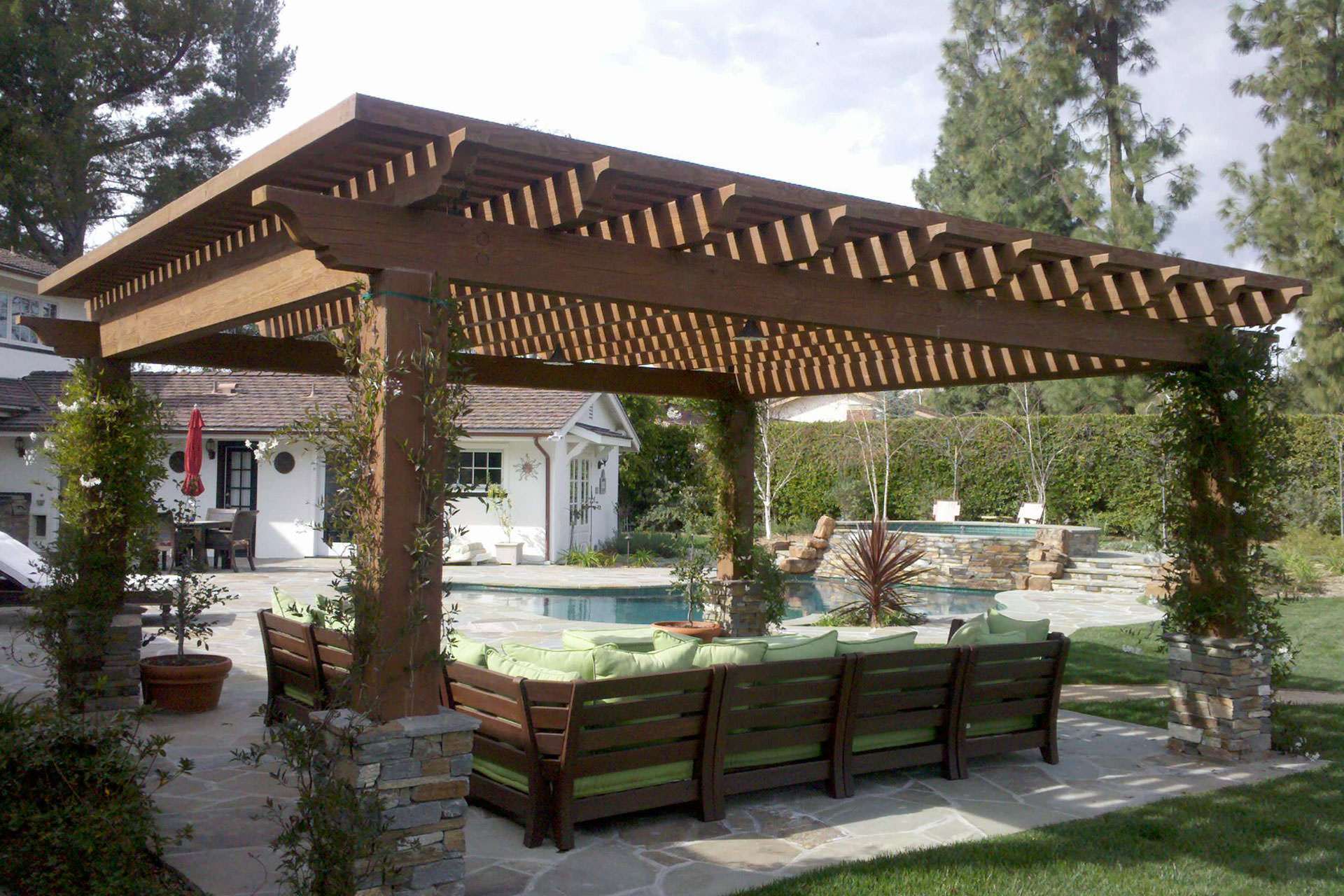
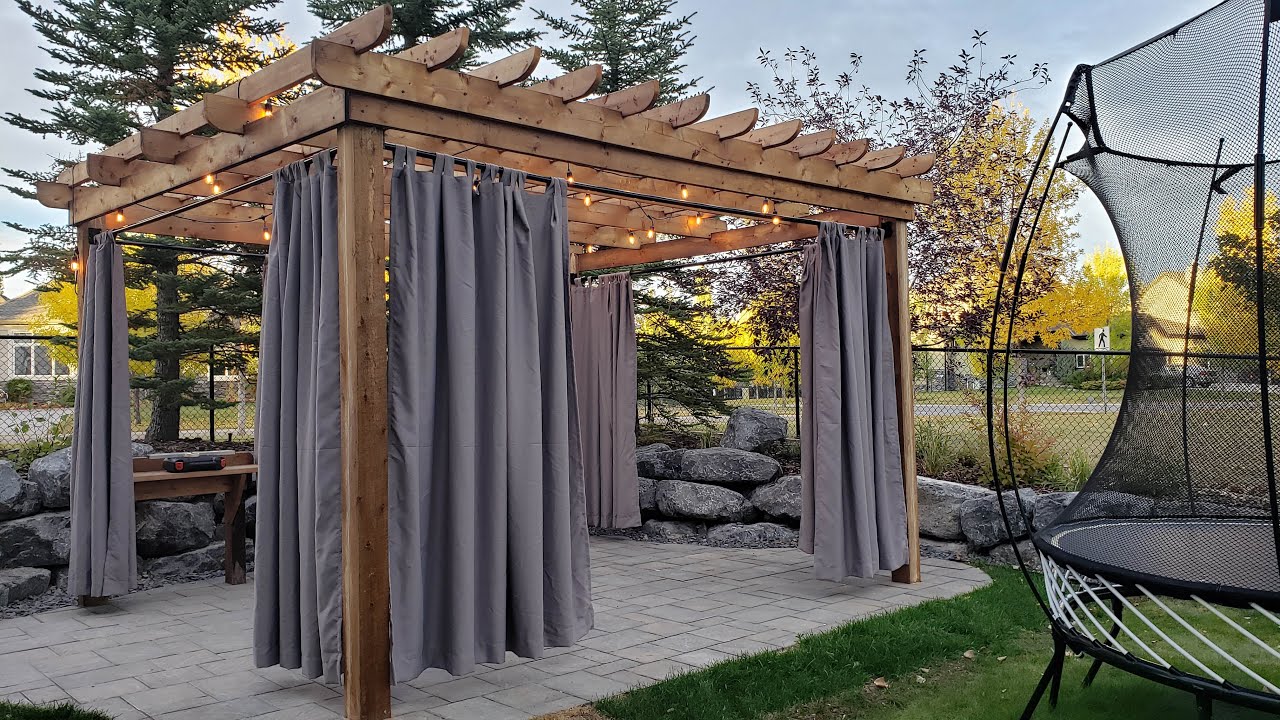

0 thoughts on “How To Waterproof A Pergola”